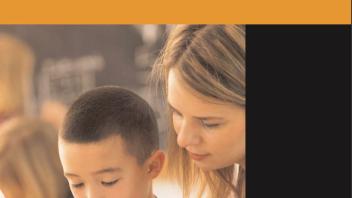Most schools require four types of formal assessment: screening tests, diagnostic tests, progress monitoring tools, and summative tests. Formal assessment should guide major educational decisions about student and program success.
In addition to formal assessments, teachers should use ongoing informal assessments to examine the critical components of learning to read, spell, and write and to plan their daily instruction. These can be teacher-created or from your school’s core reading program.
Informal assessment information can help you decide the following:
- How to plan daily instruction so that student needs are met
- How students should be grouped for instruction so that each student receives instruction at the right level of difficulty
- If instruction is being delivered at the right pace
- Which students need individual support
- Which students can move faster
- Whether my daily instruction is successful or not
What do I want to know about my students?
There are different informal assessment tools for assessing various components of reading. It’s important to ask yourself: “What do I want to know about my students? What do I want to assess?” These short articles can get you started:
- Concepts of Print Assessment
- Letter/Sound (Alphabet) Recognition
- Phonemic Awareness Assessment
- Phonological Awareness Assessment
- Phonic Elements
- Reading Fluency
- Reading Accuracy
- Informal Reading Inventory
Assessment chart
Download and print the PDF handout: Overview of Informal Reading Assessments.
More on assessment
Reading 101 Learning Modules
Assessment: Introduction
Right to Read
Data: The Closest Thing We Have to a Crystal Ball
Helping All Readers
Screening and Assessment
Guides and Toolkits
A Comprehensive K-3 Reading Assessment Plan: Guidance for School Leaders
Featured video
Browse our assessment resource library
Learn more about using assessments to inform instruction and monitor program through our articles, tips for parents, video, FAQs, and research briefs. Visit our Assessment and Evaluation section





